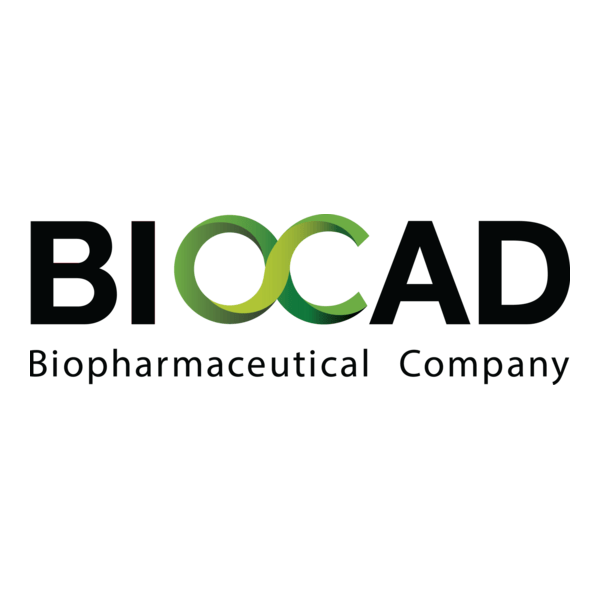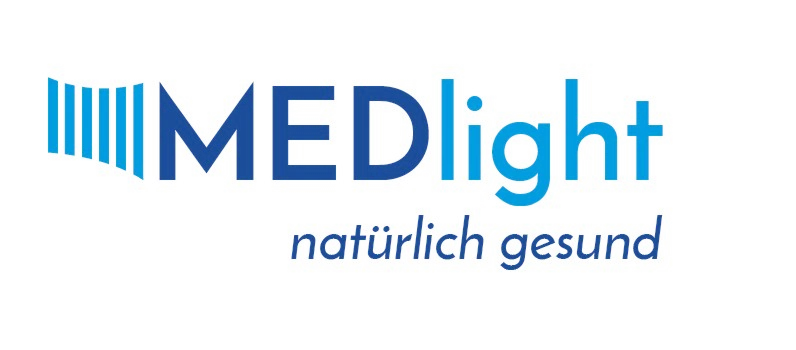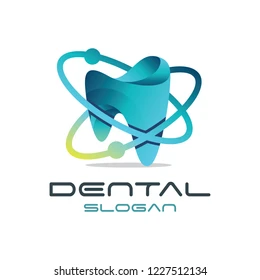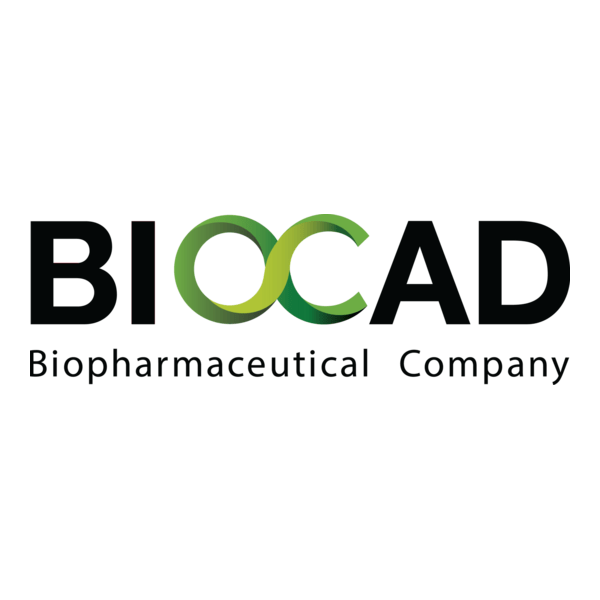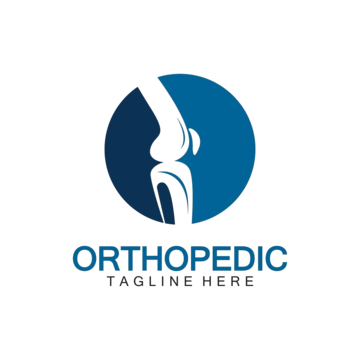FreeCAD (Dental Workbench)
Context
FreeCAD is a general-purpose, parametric CAD platform; the community-made Dental Workbench nudges it toward clinical modeling tasks. It is not a turnkey dental suite — more a toolbox that combines mesh cleanup, boolean operations, offsets/shells, and simple splint or guide prototypes. In practice, dental models typically arrive as STL/OBJ from CBCT segmentation done elsewhere (3D Slicer, ITK-SNAP, etc.). Admins value it for cost control, scripting options, and the freedom to standardize one stack across Windows, macOS, and Linux — even if that means a bit more hand-holding and version pinning.
Technical Profile (Table)
| Area | Details |
| Platform | Windows, macOS, Linux |
| Stack | C++/Qt core; Python workbenches/macros |
| Dental modules | Dental Workbench (community), plus Mesh Design, Part, Curves |
| Typical inputs | STL/OBJ/PLY from CBCT segmentation; STEP/IGES from lab devices |
| Outputs | STL/OBJ for printing/CAM; STEP/IGES when B-Rep is needed |
| Key functions | Model alignment, trimming, boolean merge/cut, offsets/shells, basal/base generation, basic splint/guard prototypes, margin lines (via community tools) |
| Imaging | No native DICOM; relies on external segmentation/export |
| Interop | Works with 3D printers, slicers (Cura/PrusaSlicer), and CAM pipelines |
| Automation | Python macros; repeatable project templates; headless scripts for batch jobs |
| Auth/Security | Local desktop app; access control and encryption handled by OS/domain policies |
| License | FreeCAD under LGPL; many community add-ons under GPL/LGPL (check repos) |
| Maintenance | Moderate: freeze a known-good FreeCAD build; track add-on revisions and API changes |
Scenarios (Dental Use)
– A university lab prepares night-guard and splint prototypes from CBCT-derived STL models, exporting ready-to-print meshes for resin printers.
– A clinic’s digital team cleans intraoral scans, applies offsets, and generates simple surgical stent drafts for review before moving to a certified CAM step.
– A research group scripts batch booleans and decimation to normalize legacy models for downstream analysis.
Workflow (Admin View)
1. Baseline the workstation. Install a stable FreeCAD release and disable auto-updates for production machines.
2. Provision add-ons. Through Addon Manager, deploy Dental Workbench, Mesh Design helpers, Curves, and vetted macros (thickness checks, naming helpers).
3. Harden the environment. Store patient data on restricted network shares; enforce NTFS/ACLs; enable encrypted backups and audit trails outside the app.
4. Project template. Precreate folders (Input/Working/Export), units in millimeters, and a macro set for import → clean → boolean → offset → export.
5. Model preparation. Import STL/OBJ, fix normals, remove artifacts, align occlusion planes, decimate only as much as QA allows.
6. Design steps. Build offsets/shells, boolean unions/cuts, block-out where needed; annotate with construction geometry for later edits.
7. Export & sign-off. Write STL/STEP with consistent naming; hand off to slicer/CAM; archive project with macro versions for reproducibility.
Strengths / Weak Points
**Strengths**
– Zero license cost; runs cross-platform and offline.
– Python automation enables consistent, auditable workflows.
– Mature CAD primitives and mesh tools; broad format support.
– Community ecosystem grows fast and covers niche needs.
**Weak Points**
– Not a certified medical CAD/CAM; validation remains the operator’s responsibility.
– Dental Workbench maturity varies; documentation can lag.
– No built-in DICOM pipeline; external segmentation is mandatory.
– Learning curve and UI density can slow non-technical staff.
Why It Matters
For dental networks that prefer open infrastructure, FreeCAD with the Dental Workbench offers a pragmatic path: model prep, small prosthetic prototypes, and teaching workflows in a fully controllable stack. It trades turnkey convenience for transparency and automation. With sensible version control, security around the data layer, and a pinned toolchain, teams get a cost-effective foundation that can scale from classroom labs to clinic back-offices — without surrendering ownership of the process.


